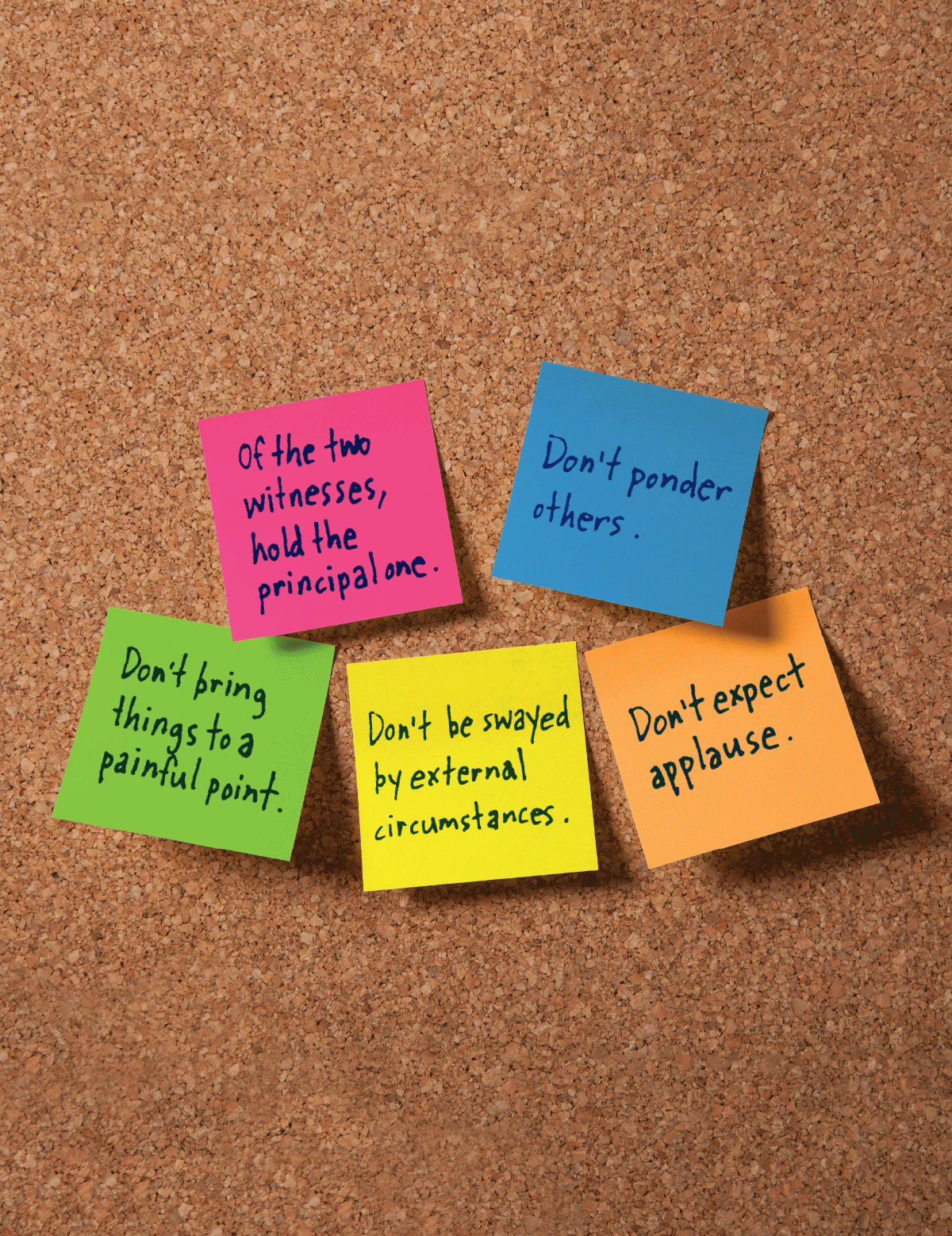Suffering from PSSD? (post-semester stress disorder) Having trouble making the transition to summer? Check out this video. (Please don’t ask me how Elmo is able to fog the screen. It’s a Muppet Mystery.)
Category Archives: Uncategorized
Unattended thoughts
Inspired by a recent trip to Ashland, Oregon.
Unattended thoughts will be given an espresso and a puppy.
1 millimeter wider
From Stephen Batchelor‘s lecture on “The Second Noble Task: Letting Go of Reactivity” (Series: Being Completely Human, Part 5, Upaya Zen Center)
“The practice of awareness, or mindfulness, or zazen, whatever it is, is to somehow seek to always have a frame of mind that is at least one millimeter (1 mm) wider than our reactivity.”
The Science of Compassion
Geshe Thupten Jinpa is a former Tibetan Buddhist monk, the principal English translator for the Dalai Lama (since 1985), and a Cambridge-educated scholar (BA, PhD). He spoke in Kaul Auditorium this past weekend as the guest of Maitripa College to speak about his new book, “A Fearless Heart: How the Courage to Be Compassionate Can Transform Our Lives.” He also spoke with OPB’s Think Out Loud about The Science of Compassion (11 May 2015). You can listen to this interview by following the The Science … link.
Resources for troubling times
Troubling times. They come in all shapes and sizes: the personal – a missed exam, a fractured friendship – and the global – a civil war, a devastating earthquake. How does one find the courage, the enthusiasm, and the joy, to go forward when confronted by troubles beyond our control?
Writing in the Tricycle blog (“In The Spirit of Service”), well-known author and meditation teacher, Sharon Salzberg, describes a path for cultivating an open heart that combines service and meditation and service. On the topic of meditation, she describes practices for cultivating mental states that “foster a connection to our own inherent capacity for wisdom and love. They put us in contact with a world beyond the moment-to-moment fixations of our mind.”
Life is full of distractions
“What is this?” asks a zen koan. I often feel that way about meditation. What is this? Is meditation so different from the rest of my life? If it truly is, if meditation is the life arena where focus and attention reign, and the rest of is ruled by the demons of distraction, where should I live?
Boss to Worker: Meditate!
We live in a culture dominated by capitalism. It shouldn’t come as any surprise, then, that virtually every new thing that comes along, whether it is meditation, iPhones, or Cronuts, eventually gets picked apart in terms of how it might affect the bottom line.
The latest entry in this discussion comes from columnist (and meditator) Oliver Burkeman (Meditation sweeps corporate America, but it’s for their health. Not yours, April 7). Burkeman doesn’t quibble with the possible benefits of a regular meditation practice, but he doesn’t think that we should enter into meditation through the gateways of productivity, profits, and worker compliance.
For more on this topic, check out my post from last month: Meditation Training: The Bottom Line?, March 13. Or, just come sit with us this Thursday and see how much work you get done. 😉
Practice Rules
When I sit (or walk) I usually go through a period of time where I tell myself what to do. This may take several forms: “pay attention to the … (breath, sounds, sensations, …),” “label thoughts,” “ask, ‘What is this?’” and so on.
Essentially I have set up ‘rules’ for my practice. This inevitably leads me into territory that is familiar to many meditators.
I can’t meditate. I think too much
How do you picture yourself as a meditating person? Do you see yourself as peaceful? Happy? Untroubled by annoying thoughts? A blank slate? Or do you see yourself as a person with an anxious, busy mind, with a tense body, or beset by emotional storms?
It is likely that your expectation of yourself as a meditator will influence your decision to try meditation. Here is what teacher/author Jason Siff has to say about such expectations in “unlearning meditation: what to do when the instructions get in the way“:
Advice for the beleaguered office worker (and anyone else)

Photo ©istock.com / Yusufgonden, from “5 Buddhist Slogans for the Office,” L. Rinzler, Lion’s Roar, Jan 6, 2015
Has something about your office been bugging you?
Try this maybe: ponder some of the 59 ‘lojong,’ or mind-training, slogans that Atisha (980-1052 CE) brought from India to Tibet a thousand years ago.
Not sure where to start? Author Lodro Rinzler (“The Buddha Walks into a Bar”) says that office workers might find the study of 5 slogans especially helpful: “5 Buddhist Slogans for the Office.”
